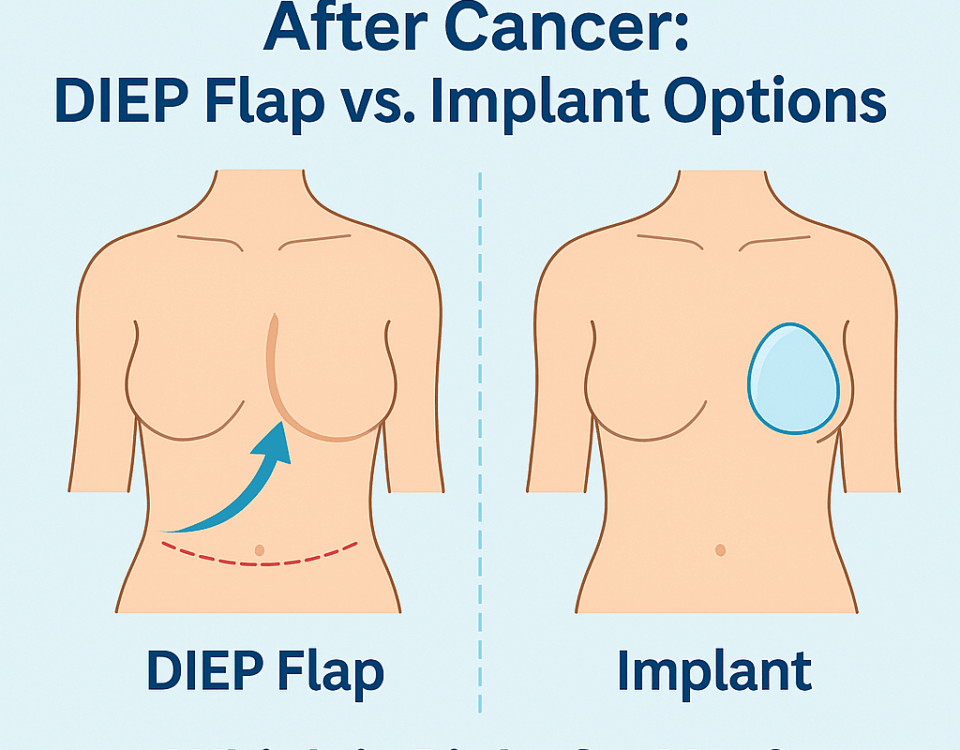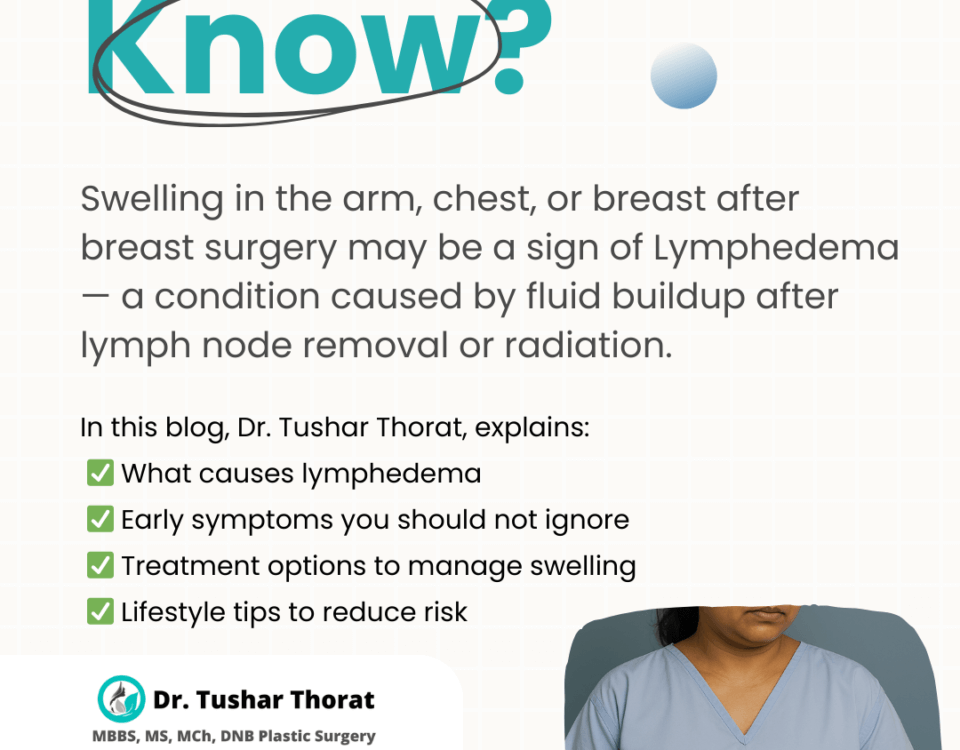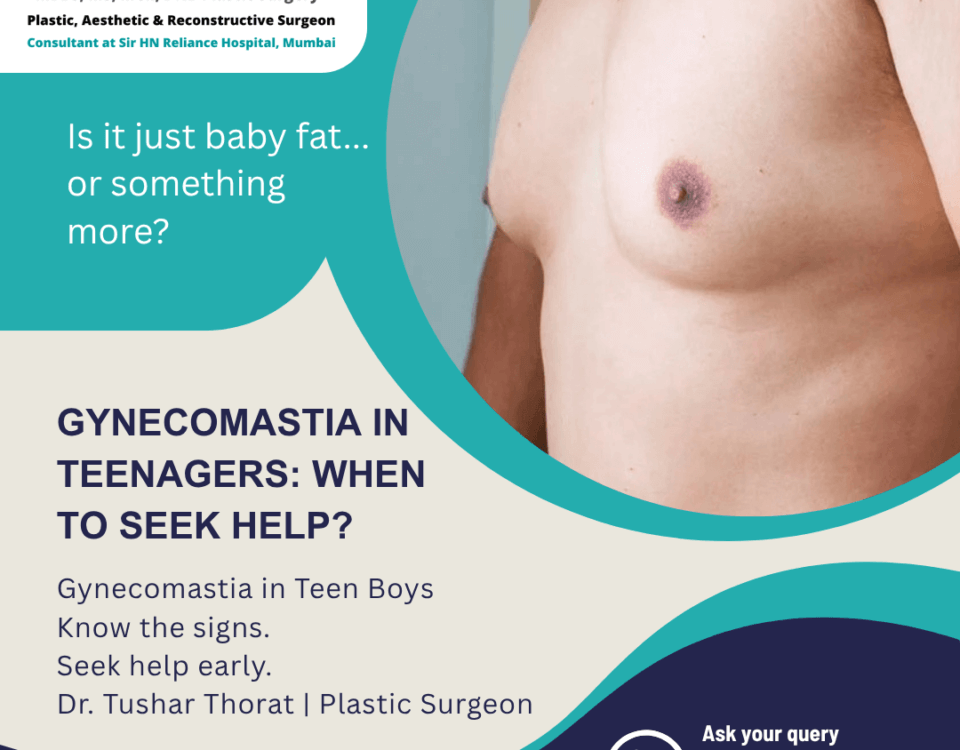Uncategorized
Introduction
Your nose plays a key role in balancing your facial features. For many, even a subtle change can create a dramatic improvement in appearance and confidence. Rhinoplasty, often referred to as a “nose job,” is one of the most sought-after cosmetic surgeries worldwide.
In Mumbai, Dr. Tushar Thorat has emerged as a trusted rhinoplasty specialist, helping countless patients achieve natural, refined results that enhance both beauty and self-esteem.
What is Rhinoplasty?
Rhinoplasty is a surgical procedure designed to reshape or refine the nose. It can address both aesthetic concerns and functional issues, such as breathing difficulties.
Rhinoplasty can help with:
- Reducing or reshaping a nasal hump
- Narrowing or refining the nasal tip
- Correcting asymmetry or crookedness
- Improving nasal proportions
- Correcting breathing issues due to structural problems
Why Choose Dr. Tushar Thorat for Rhinoplasty in Mumbai?
With years of experience and advanced surgical expertise, Dr. Tushar Thorat has successfully performed rhinoplasty for numerous patients. His approach combines precision, artistry, and an understanding of facial aesthetics to ensure results look natural and harmonious.
✨ Proven Expertise: Extensive experience in cosmetic and reconstructive surgery.
✨ Patient-Centric Care: Every case is personalized to match patient expectations.
✨ Trusted Results: Many patients share stories of newfound confidence after surgery.
Patient Transformations
Over the years, Dr. Thorat has helped patients:
- Correct long-standing insecurities about their nose
- Restore confidence after trauma or injury
- Improve both appearance and breathing functionality
His results are not just about cosmetic change, but also about helping patients live more confident, fulfilling lives.




